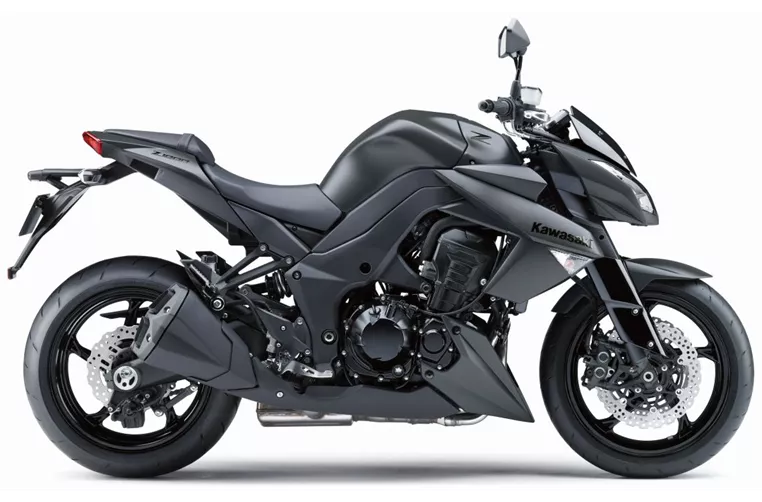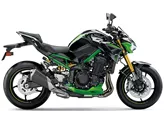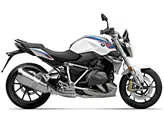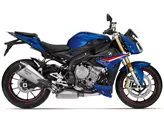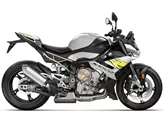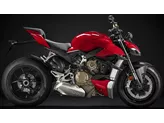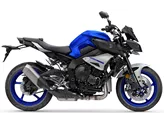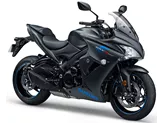Kawasaki Z1000 2013 vs. BMW S 1000 R 2014

Kawasaki Z1000 2013

BMW S 1000 R 2014
Overview - Kawasaki Z1000 2013 vs BMW S 1000 R 2014
The Kawasaki Z1000 2013 and the BMW S 1000 R 2014 are both naked bikes with powerful engines and similar technical specifications. However, there are some notable differences between the two models.
In terms of engine power, the BMW S 1000 R 2014 has a clear advantage with 160 HP compared to the Kawasaki Z1000 2013's 138 HP. This extra power gives the BMW a significant edge in terms of performance and acceleration.
The torque figures are also slightly higher for the BMW, with 112 Nm compared to the Kawasaki's 110 Nm. This additional torque helps the BMW deliver strong low-end power and better acceleration.

Kawasaki Z1000 2013
Both bikes have a 4-cylinder engine and a similar displacement, with the Kawasaki at 1043 ccm and the BMW at 999 ccm. This means that both bikes have a similar engine configuration and should provide a similar riding experience in terms of smoothness and responsiveness.
In terms of suspension, both bikes feature upside-down telescopic forks at the front. This type of suspension provides better stability and control during cornering and braking. The chassis on both bikes is made of aluminum, which helps to keep the weight down and improve handling.
The braking systems on both bikes are similar, with double disk brakes at the front and four pistons for improved stopping power. The BMW also features radial technology, which provides better braking performance and control.
In terms of dimensions and weights, both bikes have the same front and rear tire widths and diameters. The wheelbase is slightly longer on the Kawasaki at 1440 mm compared to the BMW's 1439 mm. The seat height is also slightly higher on the Kawasaki at 815 mm compared to the BMW's 814 mm. The fuel tank capacity is larger on the BMW at 17.5 liters compared to the Kawasaki's 15 liters.

BMW S 1000 R 2014
In terms of strengths, the Kawasaki Z1000 2013 is known for its powerful engine, rich sound, and unique design. On the other hand, the BMW S 1000 R 2014 is praised for its sporty chassis, extreme power and performance, very good electronic helpers, and terrific price/performance ratio. It is also considered fast and comfortable on the racetrack and on country roads.
However, both bikes have their weaknesses. The Kawasaki lacks traction control, which can be a disadvantage in certain riding conditions. It also has a slightly nervous chassis, which may affect stability at high speeds. The BMW, on the other hand, has a slightly rough engine running and a seat that is relatively high, which may not be suitable for shorter riders. Additionally, the design of the BMW is subjective and may not appeal to everyone's taste.
Overall, both the Kawasaki Z1000 2013 and the BMW S 1000 R 2014 are powerful and capable naked bikes, but the BMW offers superior performance and a more advanced electronic system. However, the Kawasaki has its own unique features and design that may appeal to certain riders. Ultimately, the choice between the two models will depend on personal preference and intended use.
Technical Specifications Kawasaki Z1000 2013 compared to BMW S 1000 R 2014
Pros and Cons in comparison
Pros and Cons in comparison
Kawasaki Z1000 2013
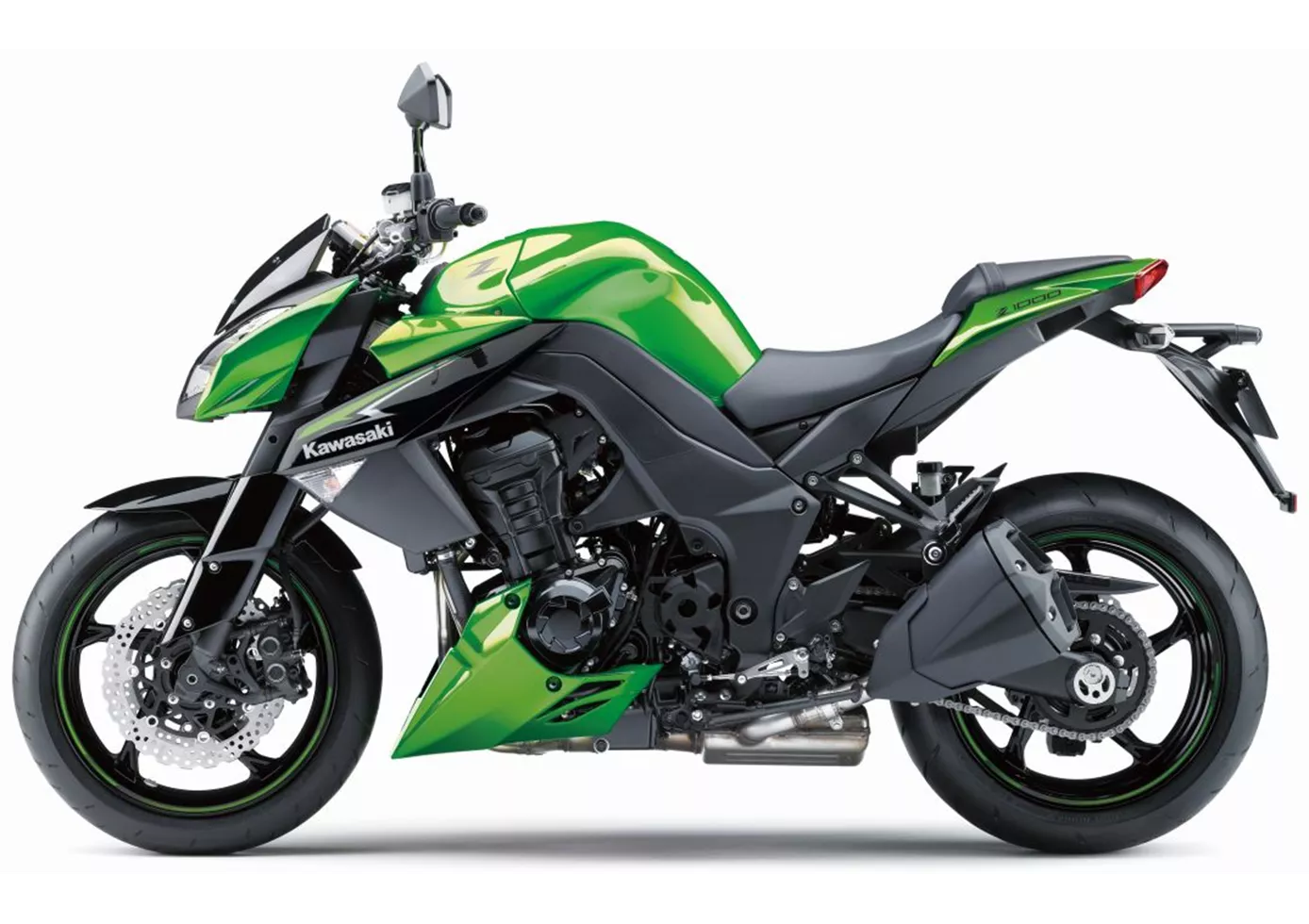
All in all, the new Z1000 is a successful further development of its predecessor. The lack of traction control is more of a marketing problem than a problem for end customers.
BMW S 1000 R 2014
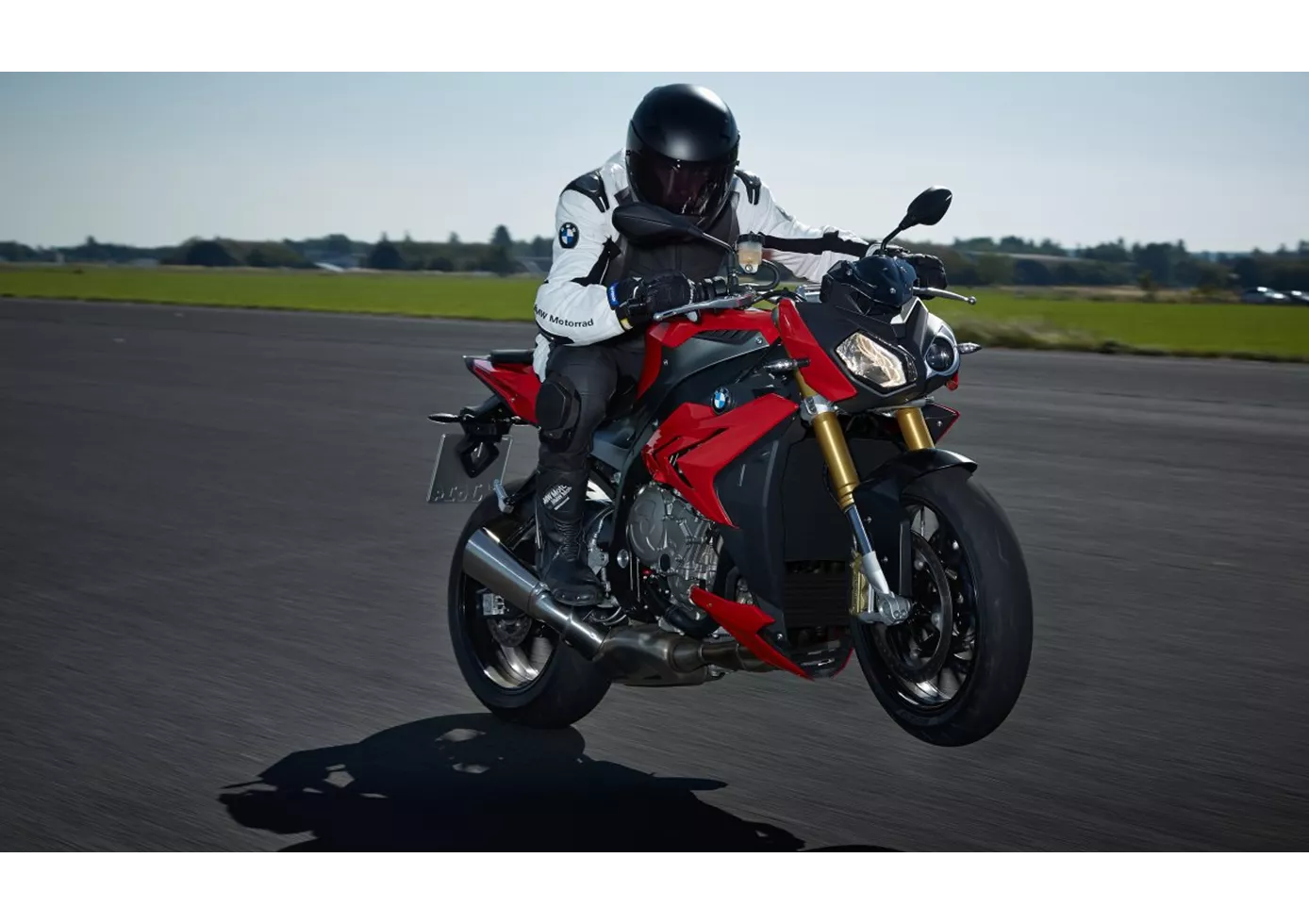
Brutal power, smooth, almost perfect, electronics, it only gets better with the HP4. Now BMW dominates the 1000cc naked bike class after the superbikes.
Price Comparison Avarage Market Price Kawasaki Z1000 vs BMW S 1000 R
There are a few key differences between a Kawasaki Z1000 2013 and a BMW S 1000 R 2014. In terms of price, the actual average price of a BMW S 1000 R 2014 is about 20% higher. A Kawasaki Z1000 2013 experiences a loss of 730 USD in one year and 730 USD in two years of ownership. This is offset by a loss of 590 USD and 610 USD for a BMW S 1000 R 2014. Compared to BMW S 1000 R 2014 there are less Kawasaki Z1000 2013 bikes available on the 1000PS.de Marketplace, specifically 4 compared to 19. It takes less time to sell a Kawasaki Z1000 with 69 days compared to 70 days for a BMW S 1000 R. Since model year 2005 1000PS.de editors have written 41 reviews for the Kawasaki Z1000 and 62 reviews for the BMW S 1000 R since model year 2014. The first review for the Kawasaki Z1000 was published on 9/2/2002 and now has more than 5,800 views. This compares to more than 17,300 views for the first review on BMW S 1000 R published on 11/3/2013.
